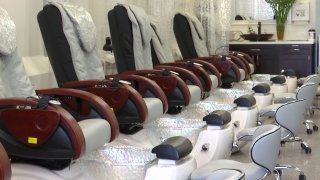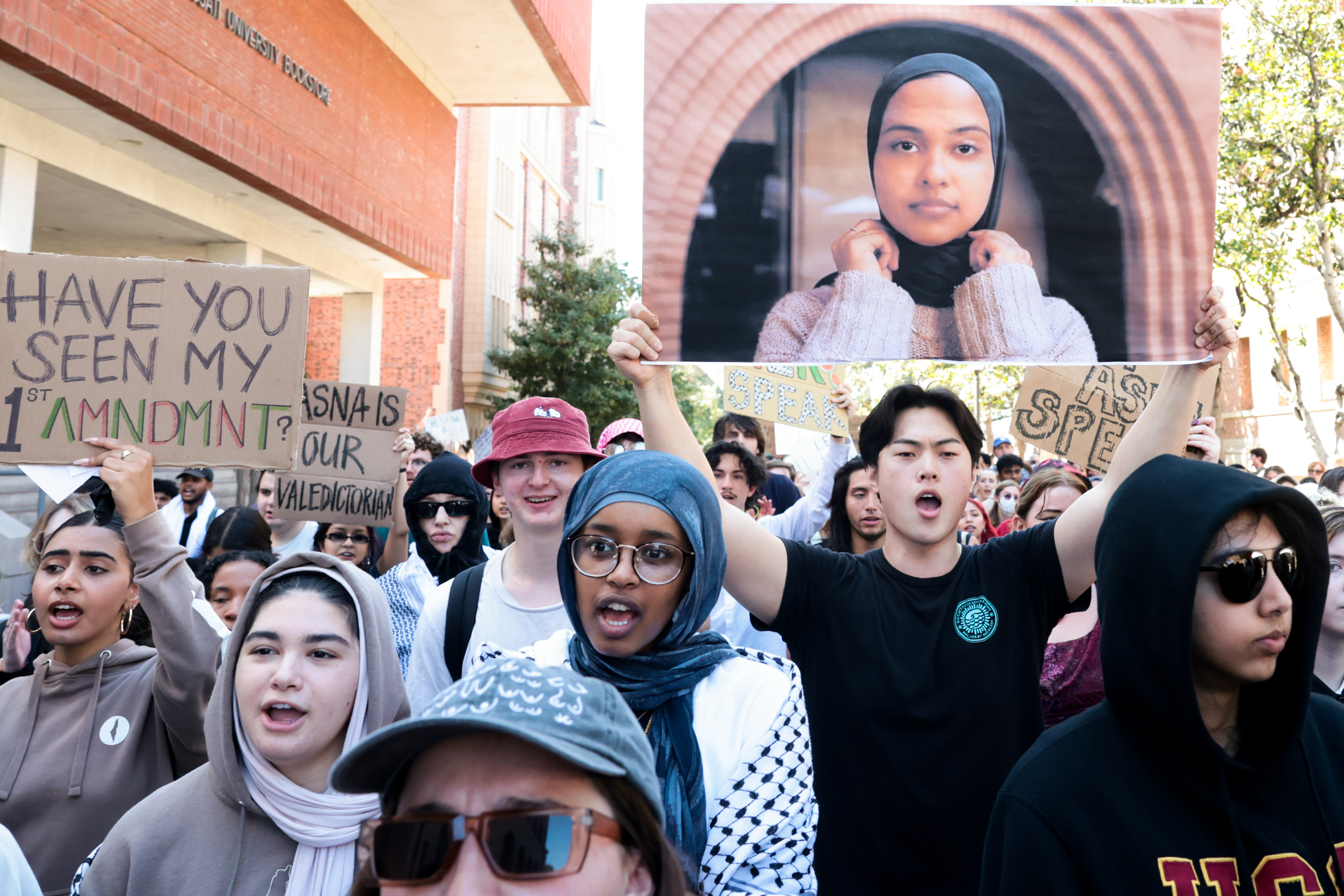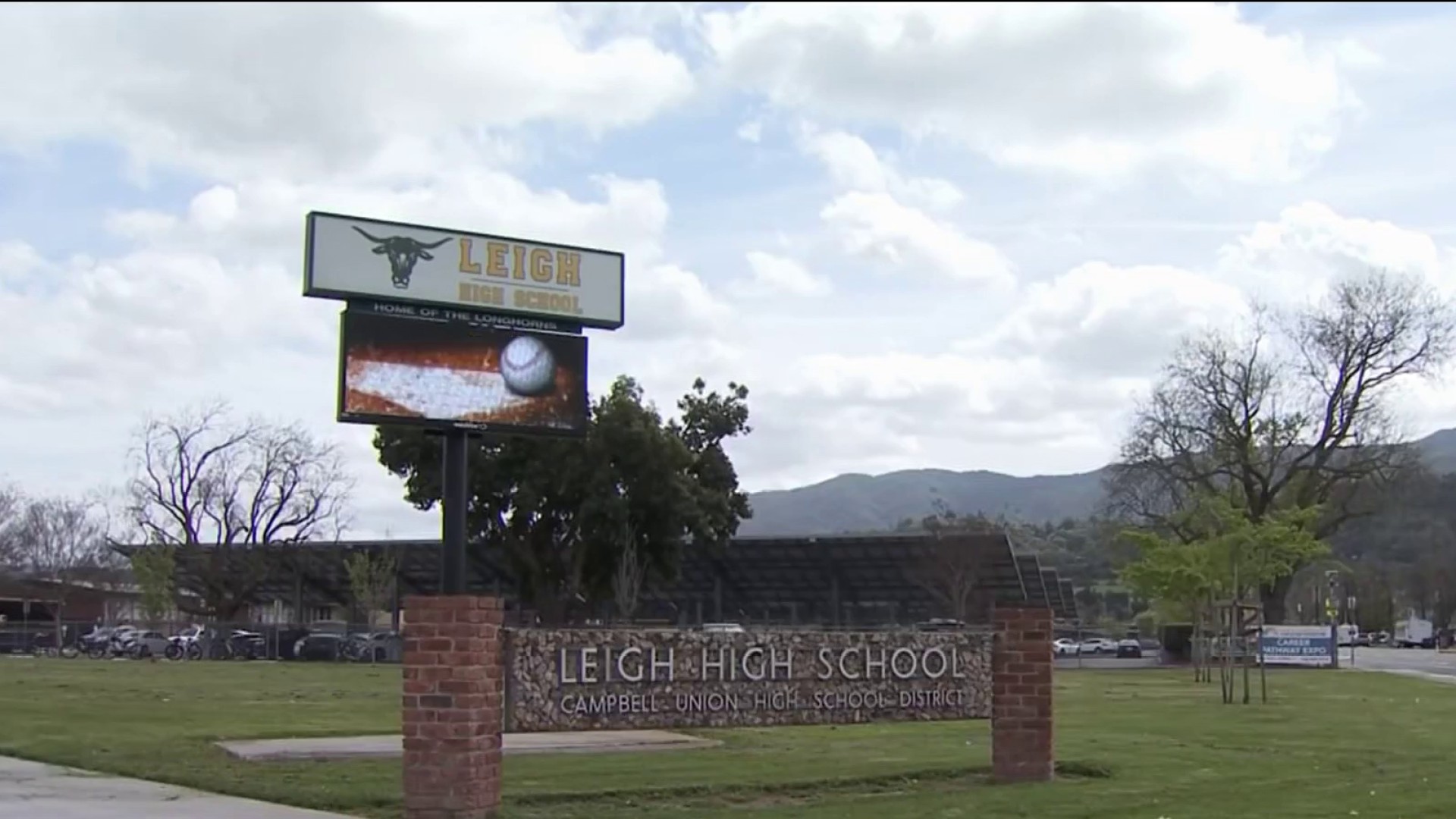
More of California was cleared to reopen additional businesses Tuesday, including most of the San Francisco Bay Area and one of Southern California's largest counties, as coronavirus infection rates have fallen to their lowest level of the pandemic.
Dr. Mark Ghaly, the state health secretary, also said nail salons could resume operations with restrictions statewide, though he cautioned that California's reopening must remain “slow and stringent” and residents cannot let their guard down as flu season arrives and cases rise in Europe and other parts of the U.S.
The lifting of some restrictions in counties that have shown improvement comes as California tries for a second time to recover from the devastating impact COVID-19 has had on business. An earlier effort to reopen more quickly backfired with a surge in cases and hospitalizations in late spring and early summer.
That forced a second shutdown that was punishing for business owners, but helped bring the infection rate to 2.8% for the last week. Hospitalizations dropped to a level not seen since the first week of April. The state has had more than 790,000 confirmed cases, the most in the country, according to a tally by Johns Hopkins University. California ranks fourth for deaths nationwide with more than 15,000.
Get San Diego local news, weather forecasts, sports and lifestyle stories to your inbox. Sign up for NBC San Diego newsletters.
The state's more conservative approach to reopening is based on the percentage of positive tests and per capita new cases in each of the 58 counties. Each of the four tiers for reopening include ranges for those categories and a county must meet both for two consecutive weeks before advancing to a higher tier.
If they fail on one or both counts for two weeks, they are bumped to a more restrictive tier that could force closures or restrict indoor operations.
That majority of counties are now out of the most restrictive tier, meaning that places of worship, restaurants, gyms and movie theaters can resume limited indoor operations.
California
Nail salon owners, who were disappointed when barbershops and hair salons were allowed to reopen indoors last month even under the strictest rules, were relieved to know they could do the same, said Tam Nguyen, owner of Advance Beauty College, which trains manicurists.
“This is kind of like a life saver," he said. "It’s the last bit of hope. Many salons, unfortunately, have already decided to close down. Many others are on the brink.”
No county has a double-digit infection rate and even the state's largest — Los Angeles, which has had a disproportionately large number of cases and deaths — is now poised to move out of the most restrictive tier next week.
While about two dozen counties remained in that category, no county was forced to revert to stricter rules. San Diego, which had a spike in cases tied to an outbreak at San Diego State University that has affected about 850 students, narrowly avoided having to close down or impose new restrictions on businesses.
San Diego County Supervisor Jim Desmond said that staying in the same tier was no cause for celebration.
“There is no business plan for a gym to operate at 10% capacity or a restaurant to operate at 25% capacity,” Desmond tweeted. “It’s ridiculous that churches continue to be limited to a 100 person capacity while marijuana shops remain open.”
Under the changes announced Tuesday, the Bay Area counties of Alameda, San Mateo and Solano, and San Luis Obispo and Riverside counties in Southern California moved from the most restrictive tier.
El Dorado, Lassen and Nevada counties improved from substantial to moderate. Mariposa County improved to the minimal category.
If improvement trends continue, Ghaly said he anticipates restrictions will be eased for more counties next week.
Business owners, however, remain frustrated that their efforts to get back on their feet are being throttled by the state.
Hundreds of people protested Monday outside Fresno City Hall vowing to reopen Oct. 1 regardless of whether the county has curbed its infection rate.
About 20 people rallied at the Draft Republic restaurant in Carlsbad, north of San Diego, to promote a petition titled “Open California Now,” urging Gov. Gavin Newsom to allow a quick return to normal operations.
Cohn Restaurant Group, which owns Draft Republic and 23 other restaurants in Southern California and Hawaii, said it laid off 1,800 of its 2,000 employees in the San Diego area after the pandemic hit. The 200 who stayed made meals for families of the workers who lost their jobs.
Josh D’Amaro, chair of Disney parks, experiences and products, urged California officials to provide guidelines for theme parks to reopen.
“I encourage you to treat theme parks like you would other sectors,” he said in a video presentation on Tuesday, adding that tens of thousands of jobs are tied to Disneyland’s operations in California. “The longer we wait, the more devastating the impact will be.”
Ghaly also announced Tuesday that the state was lifting restrictions on who can get tested for COVID-19. Testing had been prioritized to people most at risk for the virus. But testing is now more widely available, with upwards of 170,000 tests being conducted daily and nearly 70% of results being returned in 24 hours.
For most people, the new coronavirus causes mild or moderate symptoms, such as fever and cough that clear up in two to three weeks. For some, especially older adults and people with existing health problems, it can cause more severe illness, including pneumonia and death.



